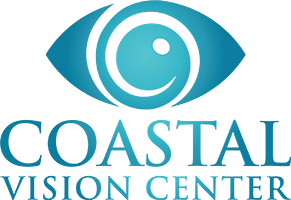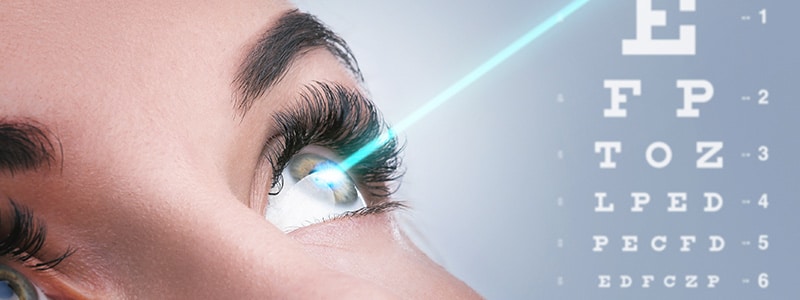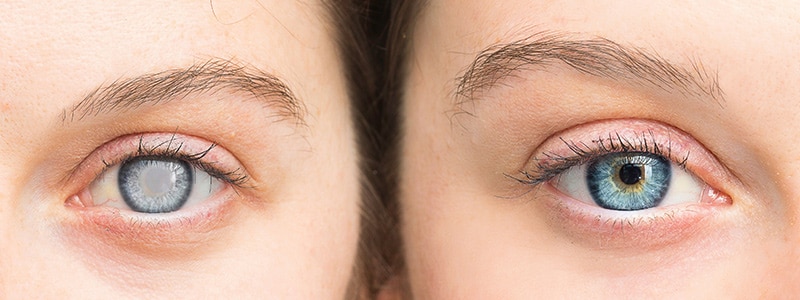The Ideal Candidate for LASIK Surgery
When it comes to LASIK surgery, finding the ideal candidate is paramount. LASIK, or Laser-Assisted In Situ Keratomileusis, is a popular vision correction procedure that has transformed the lives of millions. It offers the promise of ditching glasses and contacts, providing 20/20 vision, and improving overall quality of life. However, not everyone is a suitable candidate for LASIK. This article will explain the qualifications, expectations, and the decision-making process for the ideal candidate.
Understanding LASIK Surgery
Before we dive into the qualifications of an ideal LASIK candidate, let’s first understand what LASIK surgery is all about. LASIK is a refractive surgery that reshapes the cornea, the transparent front part of the eye, to correct various vision problems. These problems can include nearsightedness, farsightedness, and astigmatism.
LASIK Surgery is a quick and virtually painless procedure. It typically takes about 15 minutes for both eyes, and patients often experience improved vision within 24 hours. However, the success of the surgery relies heavily on the candidate’s eye health, prescription, and overall suitability.
Qualifications of an Ideal Candidate for LASIK Surgery
LASIK is not a one-size-fits-all solution. To be considered an ideal candidate for LASIK, individuals must meet specific qualifications. These qualifications include:
- Stable Prescription
The ideal LASIK candidate for LASIK Surgery should have a stable prescription. This means that their vision prescription should not have changed significantly in the past year. A stable prescription ensures that the results of the surgery will be long-lasting. - Healthy Eyes
Healthy eyes are crucial for LASIK Surgery success. Conditions like glaucoma, cataracts, and corneal diseases can affect the suitability for LASIK. The ideal candidate should have no underlying eye conditions that might compromise the procedure’s effectiveness. - Age
While there is no specific age requirement for LASIK Surgery, the ideal candidate is typically over the age of 18. This is because the eyes are still developing in the teenage years, and it’s essential to wait until they have stabilized before undergoing LASIK. - Corneal Thickness
LASIK involves reshaping the cornea, so the thickness of the cornea is vital. An ideal candidate should have a cornea that is neither too thin nor too thick. Your ophthalmologist will measure your corneal thickness to determine suitability. - Realistic Expectations
The ideal candidate understands the potential outcomes of LASIK Surgery and has realistic expectations. While LASIK can significantly improve vision, it might not guarantee perfect 20/20 vision for everyone. The candidate should be aware of potential risks and complications.
The LASIK Surgery Consultation
The LASIK Surgery journey starts with a consultation with a qualified eye surgeon. During this consultation, the surgeon will perform a series of comprehensive eye exams to determine if LASIK Surgery is right for you. These exams will evaluate your eye health, corneal thickness, and prescription stability.
The surgeon will also discuss your medical history, lifestyle, and vision goals to ensure that LASIK aligns with your needs and expectations. If you are deemed an ideal candidate, the surgeon will explain the procedure, benefits, and potential risks in detail. You’ll have the opportunity to ask any questions and address any concerns during this consultation.
Benefits of LASIK Surgery
Being the ideal candidate for LASIK surgery comes with numerous benefits, including:
- Improved Vision: Ideal candidates often experience a significant improvement in their vision, potentially eliminating the need for glasses or contact lenses.
- Quick Recovery: Ideal candidates tend to have a swift and smooth recovery process. Many return to their normal activities within a day or two.
- Long-Lasting Results: Stable prescriptions and healthy eyes contribute to long-lasting LASIK results.
- Enhanced Quality of Life: The freedom from glasses and contacts can enhance one’s overall quality of life, making daily activities more convenient and enjoyable.
In conclusion, the ideal candidate for LASIK Surgery is someone with a stable prescription, healthy eyes, a realistic understanding of the procedure, and the corneal thickness that fits the criteria. The decision to undergo LASIK should be made after a thorough consultation with a qualified eye surgeon. This life-changing procedure has the potential to provide clear vision and a new level of convenience in daily life.
If you believe you might be an ideal candidate for LASIK, it’s essential to consult with an eye surgeon at Coastal Vision Center. Your journey to better vision could be just around the corner.
More Information about the ideal candidate for LASIK Surgery.
Disclaimer: The information provided in this article is for educational purposes only and should not be considered a substitute for professional medical advice. Please consult with an eye care professional at Coastal Vision Center for personalized guidance regarding your eye health.







